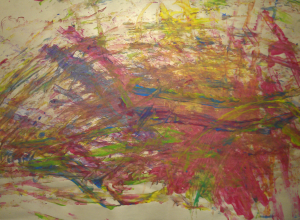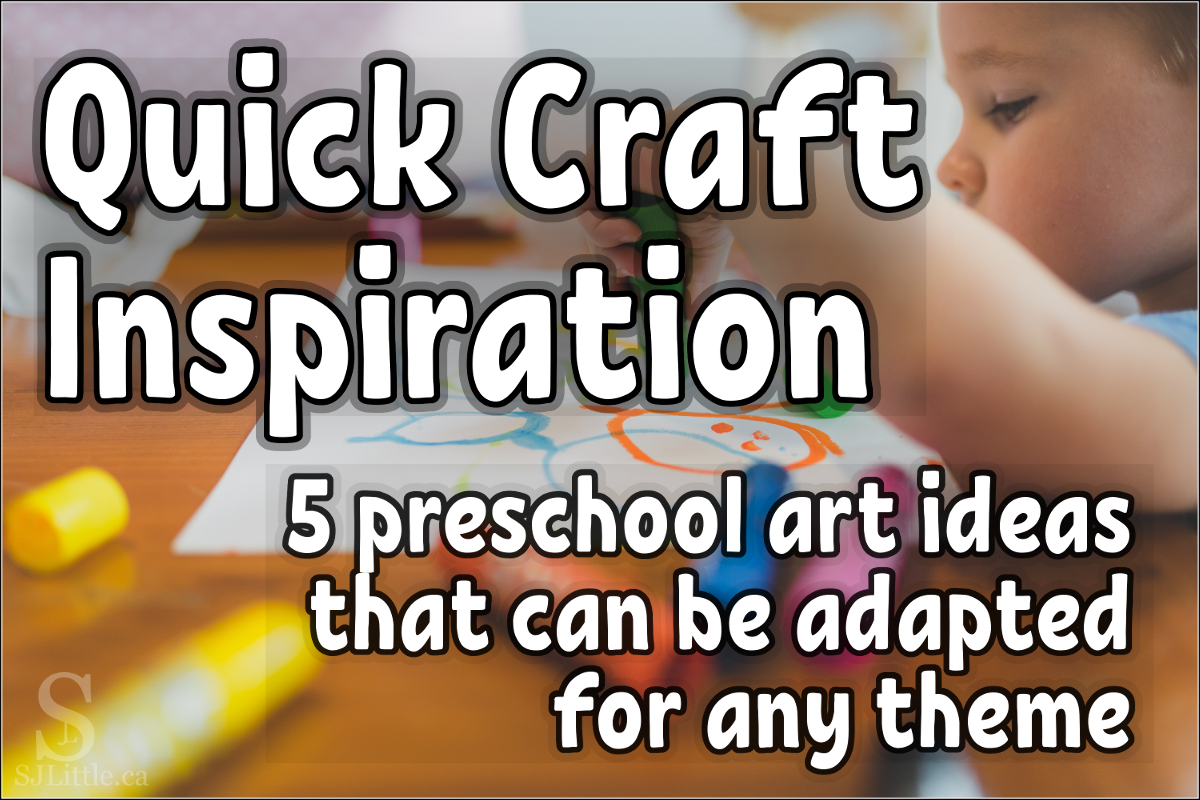
Have you ever found yourself struggling for inspiration when it comes to planning preschool crafts? Do you need art that corresponds with your current theme?
Fear not. This article includes five basic preschool art ideas that can be adapted to any theme.
Better yet, they don’t require all sorts of expensive supplies. A pair of scissors, paper, paint, and white glue will get you through most of them.
1. Free Paint With an Object
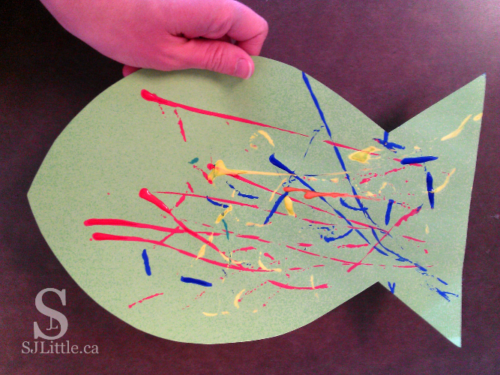
Choose a size and colour of paper, which colour of paint, and what to paint with. The children paint freely on the paper. These crafts are simple to prep, though they can be messy to clean up.
Tips:
I typically choose only 1-3 colours of paint. Choosing colours that don’t result in brown when mixed can keep the finished products looking bright and cheery even with free painting.
Example of Adapting for Theme:
For under the sea, I cut the paper into a fish shape. I then let the children paint on it using yarn.
For forest animals, I cut the paper into the shape of a fox and give them orange paint.
Additional Resources: Beyond the Paintbrush
2. Put the Pieces Together
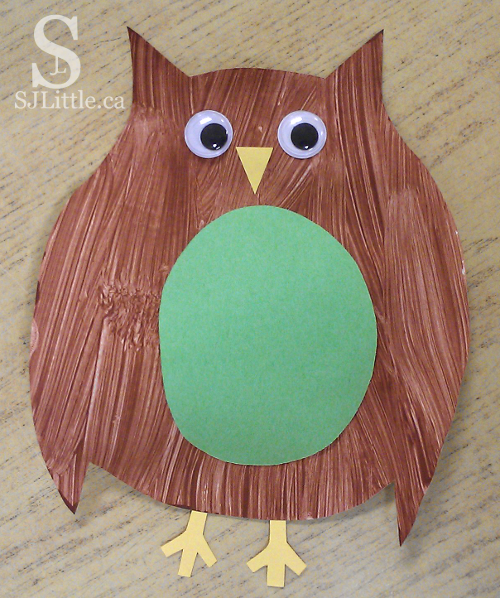
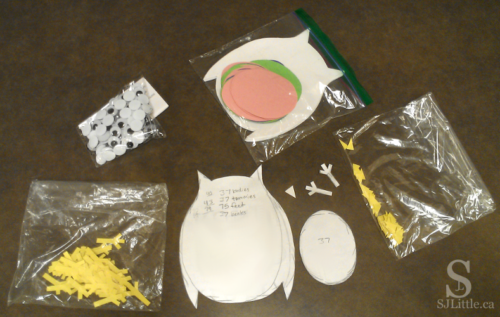
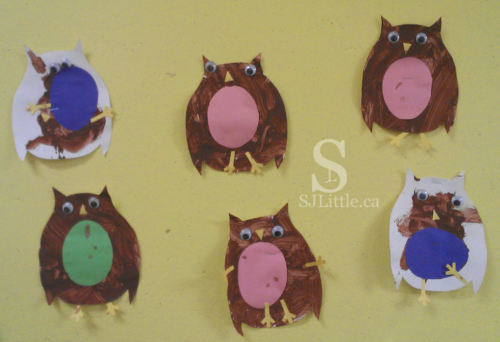
Pre-cut the pieces of a craft and let the child glue them together.
Expect a lot of prep with these crafts. Older children can cut out simple pieces for themselves (with supervision), but younger children will need you to prep all the pieces for them. The benefit of all that prep work is that the craft will turn out looking (mostly) like the example.
For those of you concerned that this type of craft is product oriented rather than process oriented art, consider it as a chance for your children to practice their puzzle making skills. They are learning: same/different, following instructions, sequencing, names of colours and shapes, and more. These are all valuable skills for a preschooler. Don’t be surprised to see a gleam of pride in their eye when they hold up their completed craft. At the same time, give them freedom within the craft to position their pieces as they wish.
Tips:
Pinterest is full of examples of these sorts of crafts.
Rather than using glue sticks, pour white glue onto a flat dish and give your children popsicle sticks to dip in the glue and apply it.
Example of Adapting for Theme:
For forest animals, I cut out the parts of an owl, then let the children glue the pieces together. In the example shown, I also encouraged the children to paint the body of the owl.
For transportation, consider pre-cutting the parts of a car and then letting your children glue them together. You’ll need the car body, the wheels, and the windows.
3. Glue Cut Outs to a Paper
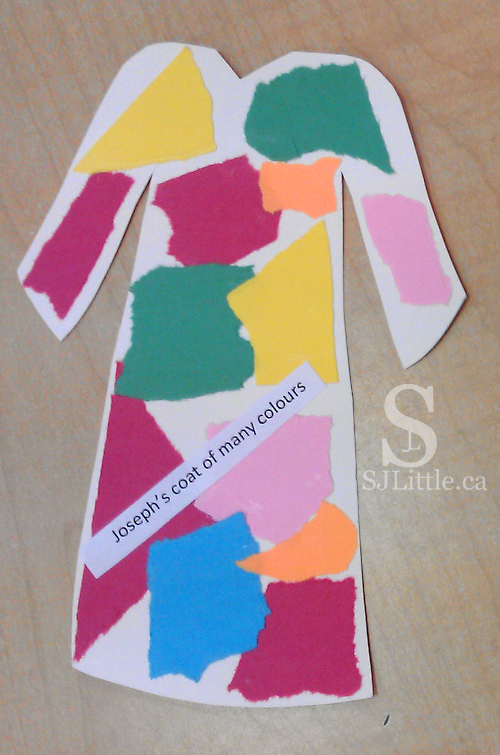
This is one of my favourite types of crafts when teaching 2 year olds. I give them a popsicle stick, a small dish of white glue, a piece of paper, and small cutouts to glue onto that paper. Some of them cover the page with glue but only put one cutout on, while others cover the entire page with cutouts.
Tips:
Try adding a drop of food colouring to the glue. This makes it feel like paint and show up when dried on that picture with hardly any cutouts.
Examples of adapting for theme:
For the story of Joseph’s coat of many colours, I give the children coloured pieces of paper to rip and glue onto the pre-cut shape of the coat.
For zoo animals, I give them a giraffe colouring sheet and a piece of brown paper. I encourage them to rip the brown paper into small pieces. Once done, I provide glue with orange food colouring to stick the pieces on the giraffe.
4. Cut Around It
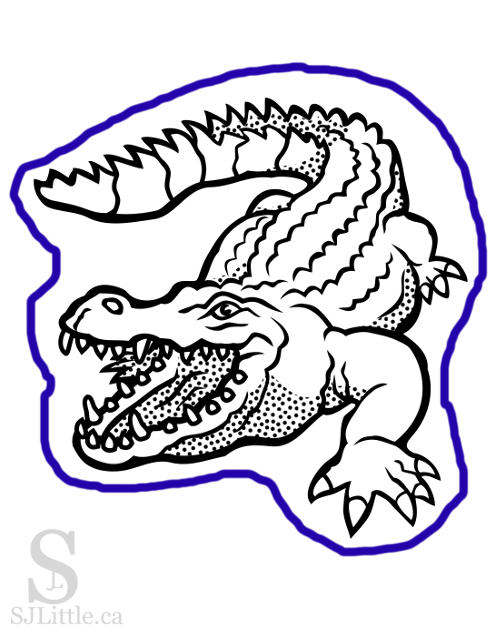
This is a fantastic way to add scissor practice into your craft time. I choose a colouring sheet or draw a shape on a paper and have the children cut it out. After they’ve finished cutting it, give them something to decorate it with.
Tips:
Start with one simple large shape to cut. As your children improve their scissor skills, you can give them harder shapes to cut.
When having children cut out a colouring sheet, I find it helpful to draw a thick line an inch wider than the picture on the colouring page. This way the children have a clear line to follow and are less likely to clip off some of the picture.
Example of Adapting for Theme:
When doing outer space, I draw a circle on a piece of coloured paper and have the children cut it out. I then let them decorate it with watercolour paints or crayons (depending on the children’s ability level and the number of adults available to supervise.)
Another time, for zoo animals, I took a crocodile colouring sheet and drew a line around it. I had the children cut along that line and then gave them green paint.
5. Stencils
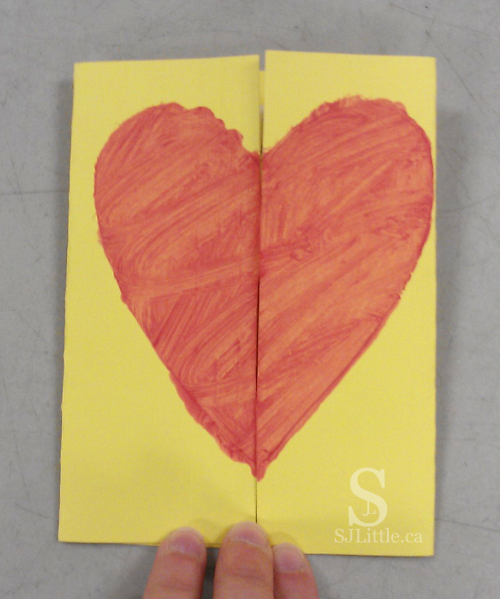
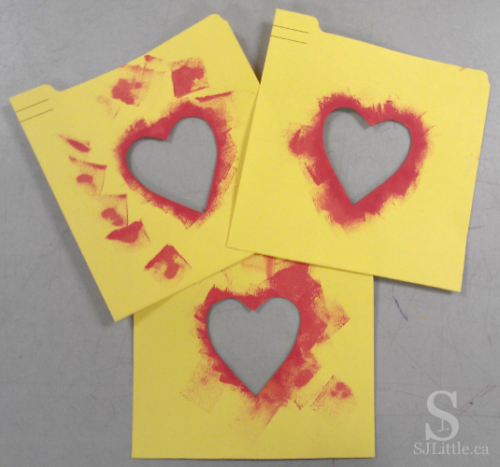
Stencils can be a lot of fun. I grab a piece of cardboard, sketch a shape on it, then cut it out. Sometimes I use the cut out shape, but other times I use what remains of the cardboard as a stencil. I place the stencil over a piece of paper and let the children paint whatever they can see of the paper. I pull the stencil off and – ta da – you have a picture.
Tips:
If you want the stencil to last several classes, use a more durable material such as fun foam.
I find using sponges and a small amount of paint works best with stencils.
Using a couple of small pieces of tape can help keep the stencil and paper in place.
Not good at drawing? No problem, find a colouring sheet to trace in order to get the outline for your stencil.
Especially if you’re using cardboard for your stencils, I recommend cutting a couple of extra stencils for just in case.
Example of Adapting for Theme:
For Valentines Day, I cut out heart shaped stencils which we could use to paint cards for the children’s families.
When teaching about winter animals, I cut out a polar bear. We could use the outer part of the stencil over black paper and the children could paint with white.
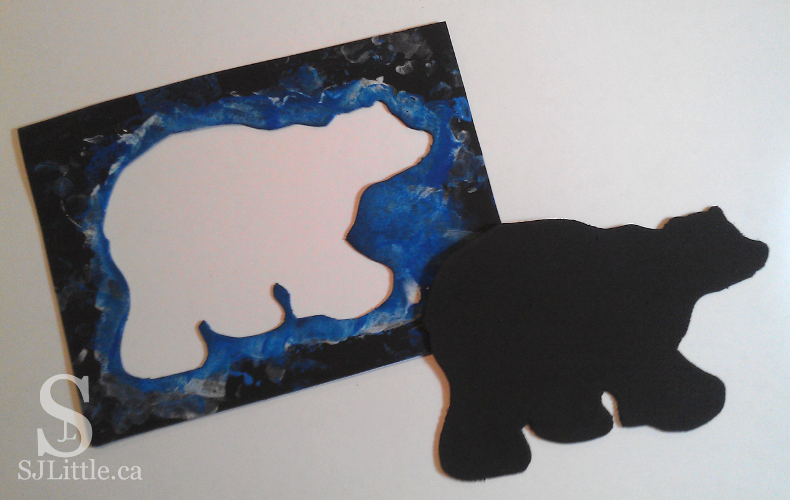
I hope this list gives you the inspiration you need as you plan your upcoming preschool art times.
Do you have other ideas to add to the list? Put your favourites in the comments below to help us all out.

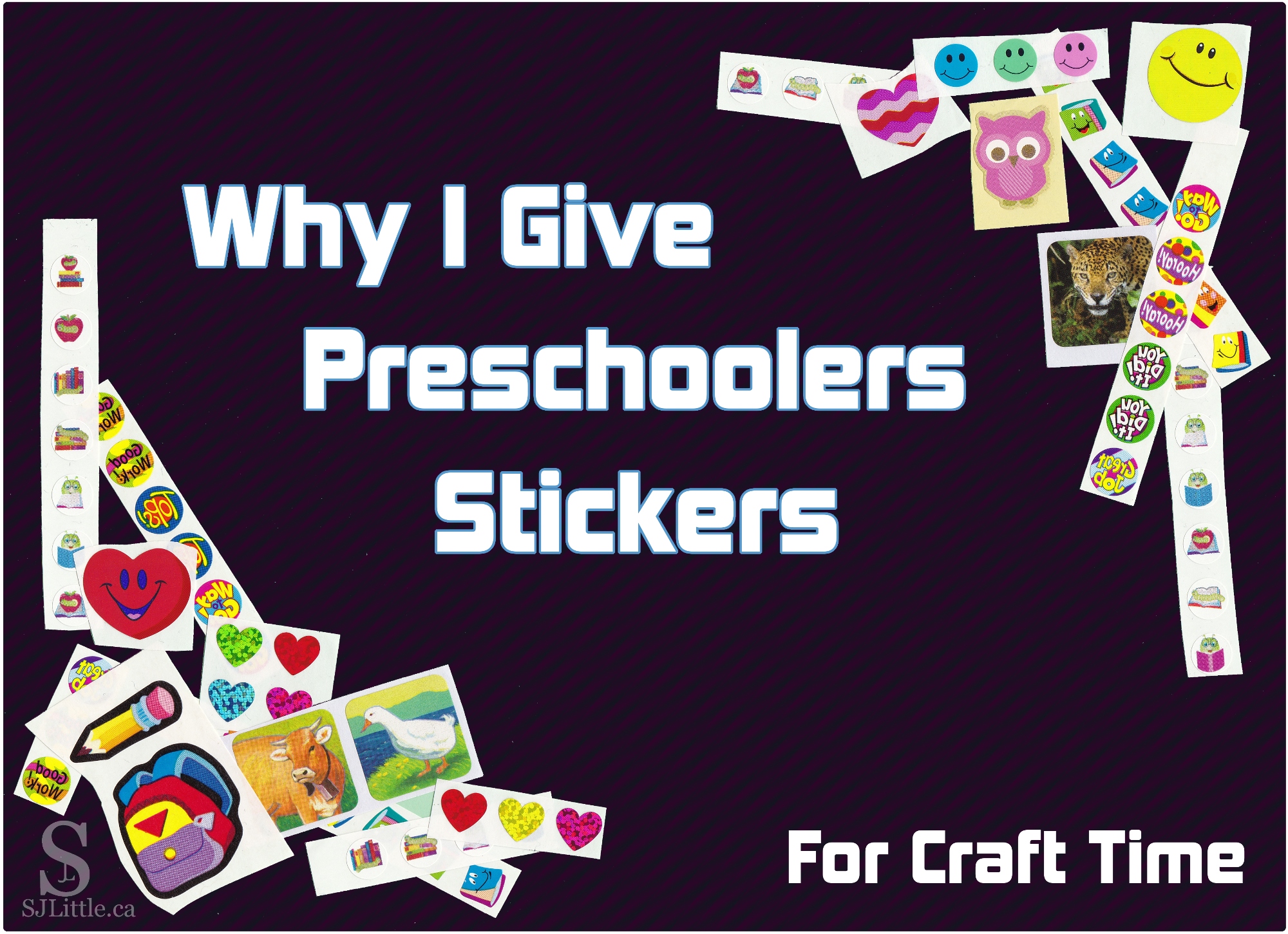
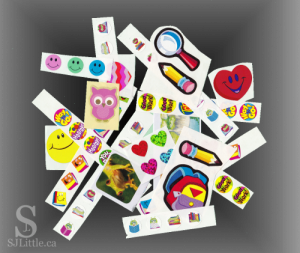 sit down and focus on one task for a length of time can be challenging. Stickers, I have found, can bring surprising results in this regard. Some children, though not all, are willing to sit down and work hard on peeling those stickers for longer than they would typically sit. Please don’t get me wrong with this one. Yes, we want children to be up and moving, engaged in active play, but it is also important for them to be developing their attention span. Having a longer attention span can enable them to get deeper into play rather than bouncing from one toy to the next.
sit down and focus on one task for a length of time can be challenging. Stickers, I have found, can bring surprising results in this regard. Some children, though not all, are willing to sit down and work hard on peeling those stickers for longer than they would typically sit. Please don’t get me wrong with this one. Yes, we want children to be up and moving, engaged in active play, but it is also important for them to be developing their attention span. Having a longer attention span can enable them to get deeper into play rather than bouncing from one toy to the next.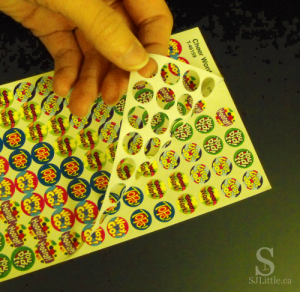
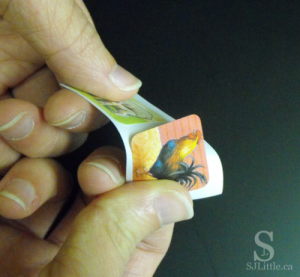
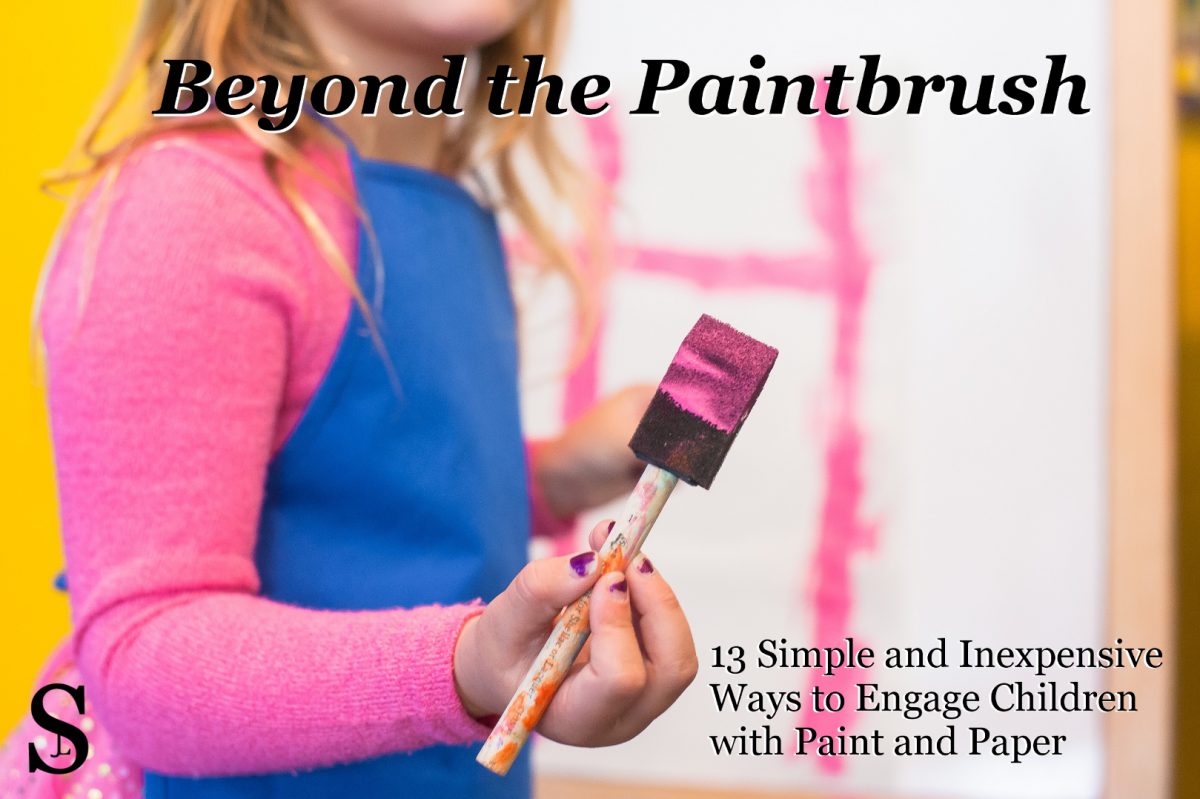
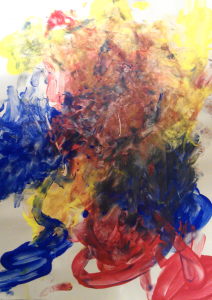
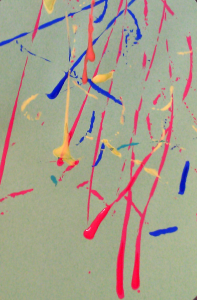 a short piece of yarn, and they enjoy doing it. While they’re at it, they will be strengthening their arm muscles by the abundance of up and down and side to side movements.
a short piece of yarn, and they enjoy doing it. While they’re at it, they will be strengthening their arm muscles by the abundance of up and down and side to side movements.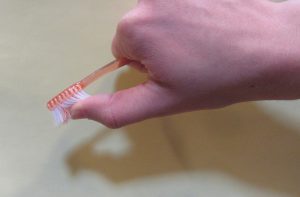 with its bristles facing the paper. Show them how to run their thumb (or finger from the other hand) through the bristles causing the brush to spray droplets of paint onto the paper.
with its bristles facing the paper. Show them how to run their thumb (or finger from the other hand) through the bristles causing the brush to spray droplets of paint onto the paper.